Our family purchases minimally packaged items, composts food waste and recycles the glass, plastic and paper accepted by city recycling. And of course, I upcycle. Despite these efforts, we are left with difficult-to-recycle items such as batteries, multi-layer plastic and electronic devices.
Manufacturers ultimately need to become responsible for the disposal of what they create. However, we are a long way from that becoming a reality and it is up to the consumer (me) to make these choices. About a year ago, I became aware of a service called Ridwell when I saw neighbors' boxes out and conversations appeared on the local zero-waste Facebook pages. Four months ago, I signed up for Ridwell.
Ridwell offers specialty recycling in metropolitan areas such as the Twin Cities, Seattle and San Francisco. There are different options for pricing. The highest tier in my area costs $24 a month (pick up every other week) and includes multilayer plastic, styrofoam, light bulbs and batteries. Users can also select one featured item for each pickup. Metal bottle tops, cords and cables are regular options. Ridwell also offers special categories periodically.
One of the things I realized in the first weeks of using Ridwell is that there are free local drop-off options for many of the items Ridwell accepts. Prior to signing up for Ridwell, we took plastic bags to Target, batteries to Ramsey County Hazardous Waste, e-waste to Repowered and clothing to Goodwill. We had also been purchasing Terracycle boxes for multi-layer plastic. For us, having those items picked up regularly has been really nice. We no longer arrive at Target and say "Darn, I forgot those bags." For those who are more cost-conscious, the monthly fee may not warrant using Ridwell.
Ridwell is not single sort and is best for the motivated. Ridwell provides labeled reusable bags to place items in. My family has difficulty distinguishing between plastic film and multi-layer plastic. I have carefully read the directions. so I have less of an issue. My teenager complains about this. I retort, "Blame the manufacturers for this problem, not Ridwell."
Another recommendation I have about Ridwell is to share. We signed up for the unlimited plan because it accepts the largest variety of items. But it is hard for only our family to fill up the bin. Two neighbors regularly drop off multi-layer plastic and styrofoam. I will also put out a call on Facebook if we have room in our featured item bags.
I also appreciate the text message reminders about pickups and their monthly dashboard. I haven't forgotten to put out my bin.
A family member who also uses Ridwell has complained that if Ridwell cancels a pickup, they still charge you, but we haven't yet experienced this.
My verdict is Ridwell is a helpful service we will continue to use, but you can strive to be zero waste without.









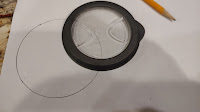








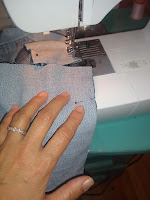








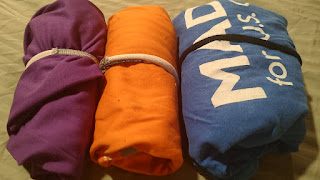




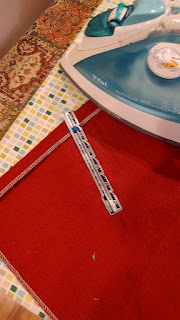






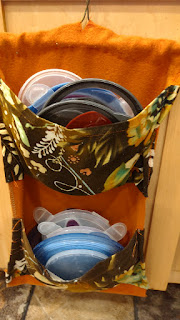
.png)





%20v3.png)
%20v3.png)
